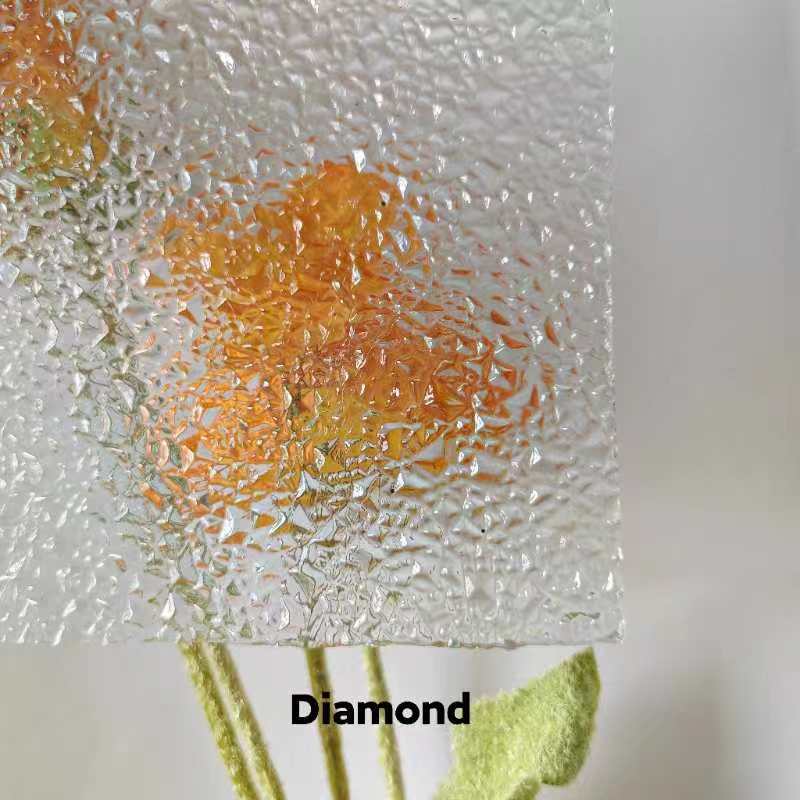The Miraculous World of Float Glass Mirrors
Float glass mirrors, an embodiment of elegance and functionality, have become an indispensable part of our daily lives, from bedrooms to bathrooms, from dressing rooms to grand ballrooms. These mirrors, with their seemingly simple design, embody the intricate fusion of art and science.
The term 'float glass' refers to a manufacturing process that involves melting raw materials like silica, soda ash, and limestone in a furnace to form a molten glass mixture. This liquid glass is then delicately poured onto a bed of molten tin, where it floats and spreads evenly, resulting in a flat and parallel surface. This unique technique, patented by British inventor Sir AlfredFloat in 1953, revolutionized the glass industry and paved the way for the production of high-quality float glass mirrors.
A float glass mirror undergoes several transformative processes after its initial formation. Once cooled and solidified, the glass sheet is polished to achieve a smooth and reflective surface. A thin layer of silver or aluminum is then vapor-deposited onto the back, followed by a protective coating, usually of copper or paint, to prevent oxidation. This multi-step process ensures the mirror's durability and clarity, allowing it to reflect light and images with exceptional fidelity.
The appeal of float glass mirrors lies not only in their optical clarity but also in their versatility. They can be cut, shaped, and tempered to suit various design requirements. Whether it's a sleek, frameless bathroom mirror or a intricately designed, beveled wall mirror, float glass offers endless possibilities Whether it's a sleek, frameless bathroom mirror or a intricately designed, beveled wall mirror, float glass offers endless possibilities

Whether it's a sleek, frameless bathroom mirror or a intricately designed, beveled wall mirror, float glass offers endless possibilities Whether it's a sleek, frameless bathroom mirror or a intricately designed, beveled wall mirror, float glass offers endless possibilities
 float glass mirror
float glass mirror. Moreover, these mirrors have excellent thermal stability, making them suitable for areas with fluctuating temperatures.
Beyond aesthetics, float glass mirrors play a significant role in energy conservation. They are widely used in solar panels, harnessing the sun's energy through their highly reflective surfaces. In architecture, they contribute to the creation of visually spacious interiors by reflecting and amplifying available light.
However, the true beauty of float glass mirrors lies in their ability to transform spaces. They can make a small room appear larger, a dull corner vibrant, and a simple space opulent. Mirrors, in essence, are not just reflective surfaces but creators of illusion, enhancing the ambiance and dynamics of any environment.
In conclusion, float glass mirrors are more than just a utility; they are a testament to human innovation and artistic expression. Their seamless blend of function and form, durability, and versatility make them a staple in modern design. So, the next time you glance into a float glass mirror, remember the journey it has undergone - from the fiery furnace to your reflection, each mirror tells a story of craftsmanship and technological advancement.


 Whether it's a sleek, frameless bathroom mirror or a intricately designed, beveled wall mirror, float glass offers endless possibilities Whether it's a sleek, frameless bathroom mirror or a intricately designed, beveled wall mirror, float glass offers endless possibilities
Whether it's a sleek, frameless bathroom mirror or a intricately designed, beveled wall mirror, float glass offers endless possibilities Whether it's a sleek, frameless bathroom mirror or a intricately designed, beveled wall mirror, float glass offers endless possibilities float glass mirror. Moreover, these mirrors have excellent thermal stability, making them suitable for areas with fluctuating temperatures.
Beyond aesthetics, float glass mirrors play a significant role in energy conservation. They are widely used in solar panels, harnessing the sun's energy through their highly reflective surfaces. In architecture, they contribute to the creation of visually spacious interiors by reflecting and amplifying available light.
However, the true beauty of float glass mirrors lies in their ability to transform spaces. They can make a small room appear larger, a dull corner vibrant, and a simple space opulent. Mirrors, in essence, are not just reflective surfaces but creators of illusion, enhancing the ambiance and dynamics of any environment.
In conclusion, float glass mirrors are more than just a utility; they are a testament to human innovation and artistic expression. Their seamless blend of function and form, durability, and versatility make them a staple in modern design. So, the next time you glance into a float glass mirror, remember the journey it has undergone - from the fiery furnace to your reflection, each mirror tells a story of craftsmanship and technological advancement.
float glass mirror. Moreover, these mirrors have excellent thermal stability, making them suitable for areas with fluctuating temperatures.
Beyond aesthetics, float glass mirrors play a significant role in energy conservation. They are widely used in solar panels, harnessing the sun's energy through their highly reflective surfaces. In architecture, they contribute to the creation of visually spacious interiors by reflecting and amplifying available light.
However, the true beauty of float glass mirrors lies in their ability to transform spaces. They can make a small room appear larger, a dull corner vibrant, and a simple space opulent. Mirrors, in essence, are not just reflective surfaces but creators of illusion, enhancing the ambiance and dynamics of any environment.
In conclusion, float glass mirrors are more than just a utility; they are a testament to human innovation and artistic expression. Their seamless blend of function and form, durability, and versatility make them a staple in modern design. So, the next time you glance into a float glass mirror, remember the journey it has undergone - from the fiery furnace to your reflection, each mirror tells a story of craftsmanship and technological advancement.